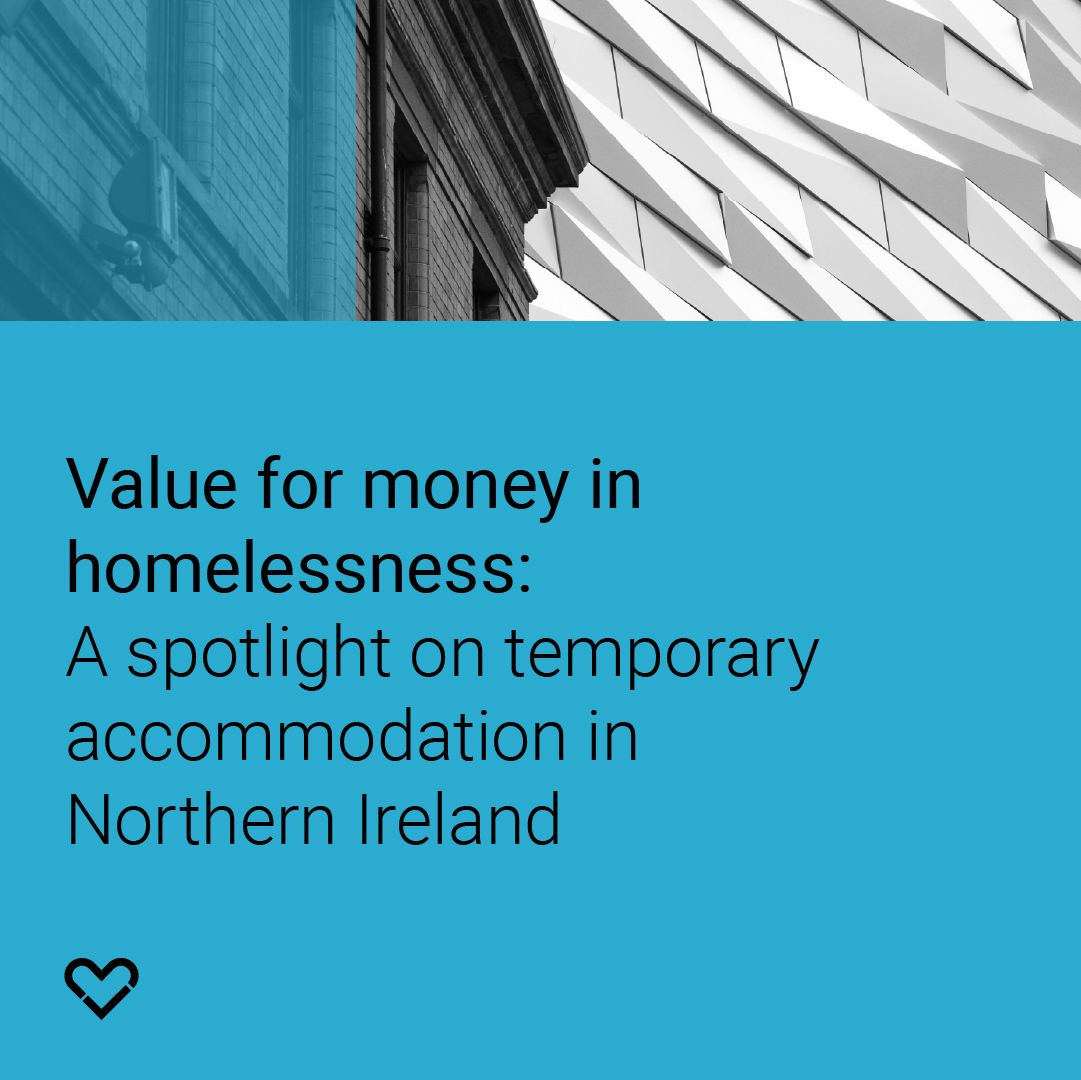Housing for people on low incomes - how do we make the best use of government subsidies in England?
Outline of the study
This economic analysis examines whether better value for money could be achieved by redirecting some of the £30.6 billion spent annually on housing benefit and Universal Credit housing costs in England. The research investigates the potential savings from moving people from expensive private rental accommodation to lower-cost social housing, comparing the costs of building new social homes against ongoing benefit expenditure.
The study analyzes two main government housing subsidy approaches: supporting rents through benefits (£7.9bn annually for 1.7 million private renters) versus providing low-cost social housing. It calculates the economic case for prioritizing social housing construction over ongoing private rental subsidies, examining costs, benefits, and wider public sector impacts of a targeted expansion programme.
Findings in brief
- Private rental subsidies are expensive and growing - government spends £7.9 billion annually supporting 1.7 million private renters through housing benefit, with costs forecast to rise as Universal Credit expands
- Social housing offers dramatically better value - social rents are 20-65% cheaper than private rents in most areas, and 220-240% cheaper in London, meaning substantial ongoing savings per household
- Quality standards are inverse to cost - 29% of housing benefit recipients in private rental live in non-decent accommodation compared to regulated social housing with lower rents
- Moving households saves £1,100-£7,760 annually - each household moved from private rental to social housing saves £1,100 per year in benefits, while those moved from temporary accommodation save £7,760 annually
- Investment costs can be offset by savings - building 10,000 new social homes annually would cost £700 million in grants but generate £44 million annual revenue savings plus wider economic benefits
- Temporary accommodation costs have exploded - local authority costs grew 55% in five years to £1.2 billion annually, with £572 million potentially saved by using social housing instead of private rentals
- Housing need is massive and worsening - 3.5 million households were in housing need before the pandemic, with 353,000 private renters now in arrears (up from 3% to 9% during COVID-19)
- Most benefit recipients work but struggle with costs - most private renters receiving housing benefit are employed, but 69% in lowest income groups spend 30%+ of income on rent
Recommendations in brief
- Scale up social housing construction - build 10,000 additional social homes annually at £70,000 grant per unit, increasing the Affordable Homes Programme by 28% to achieve significant benefit savings
- Target investment in high-cost areas - prioritize social housing development in London and southern regions where rent gaps are largest and savings potential is greatest
- Develop temporary accommodation alternatives - use social housing to replace the 73,700 private rentals currently used for temporary accommodation, achieving £572 million annual savings
- Reform Local Housing Allowance rates - recalibrate benefit rates to reflect real private market rents and address the gap between 30th percentile coverage and actual housing costs
- Address under-35s housing crisis - close the gap between shared accommodation rates and one-bedroom flat costs, particularly the £230 monthly shortfall in London
- Implement welfare system reforms - delegate powers to provide housing cost top-ups to regional authorities, increase basic benefit levels to help with rent shortfalls, and retain improvements to benefit-rent linkages
- Test innovative financing approaches - explore revenue support alongside capital grants, repurchasing ex-right-to-buy properties, and converting affordable rent homes to social rent levels
- Strengthen private rental regulation - enact promised tenancy law reforms to end no-fault evictions and improve enforcement against poor conditions and rogue landlords





.jpg)

